Southern hemisphere night skies like those in Australia have a whole bunch of galactic and intergalactic objects that you simply can’t see from the northern hemisphere of the world.
Looking high in the northern sky from the UK there’s a large circle of circumpolar stars that you’ll always see.
Looking down, there’s an equally large circle of sky below your southern horizon that you’ll never see, unless you indulge in that little thing called travel.
Find out what you can see in the Southern Hemisphere night sky tonight

There’s no other way for you to see the dwarf galaxies of Magellan, the two biggest and brightest globular clusters, and the brightest and busiest sections of our own Milky Way galaxy.
It is also the site from where the Boomerang Nebula, the coldest place in the Universe, was first properly observed.
Australia is perfectly positioned on our little world to be pointed in the direction of some incredible celestial delights. Here are some of my favourites.
Also, check out our gallery of Australian astrophotography, our guide to the southern hemisphere sky and our pick of the best travel telescopes.
12 night sky objects to see from Australia
1
The Southern Cross
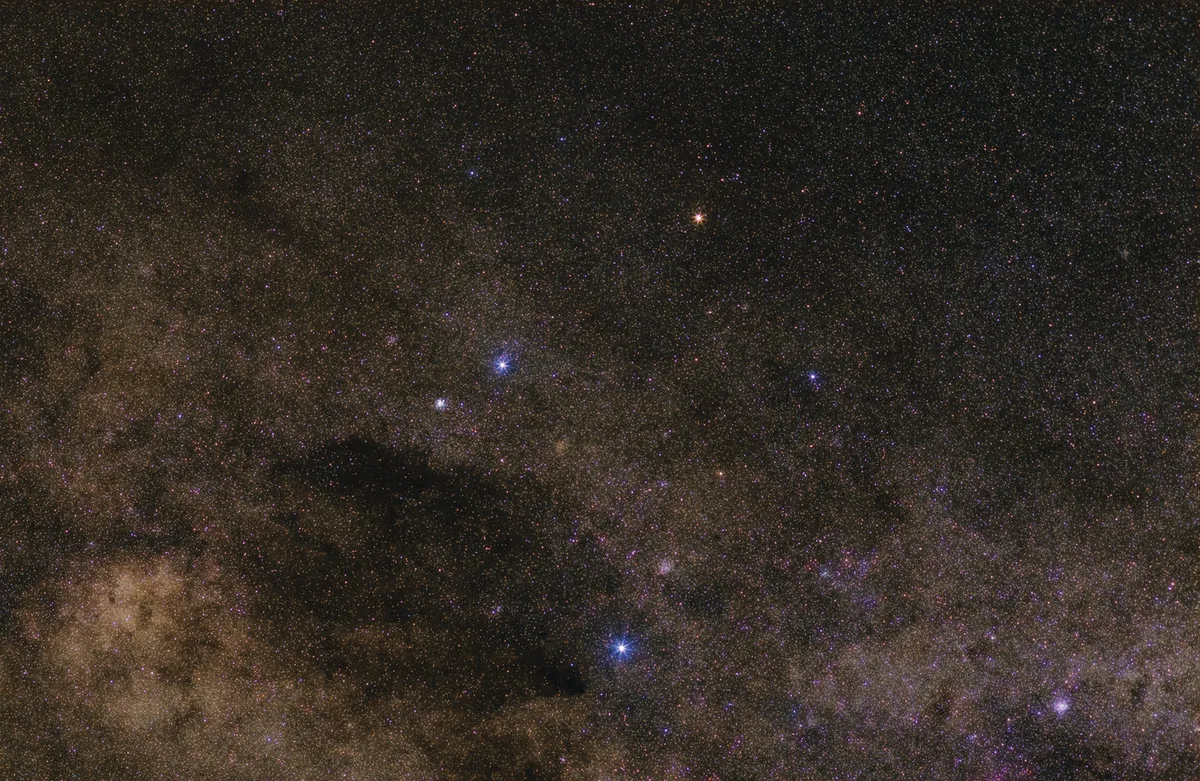
Even though the Southern Cross is well known to people all over the world, not many know how to find it in the sky. It’s smaller than most people expect and there are any number of crosses in the sky to confuse it with.
Finding the pointer stars of Alpha and Beta Centauri is the key to becoming familiar with this most beautiful timekeeper of the southern skies.
2
Alpha Centauri
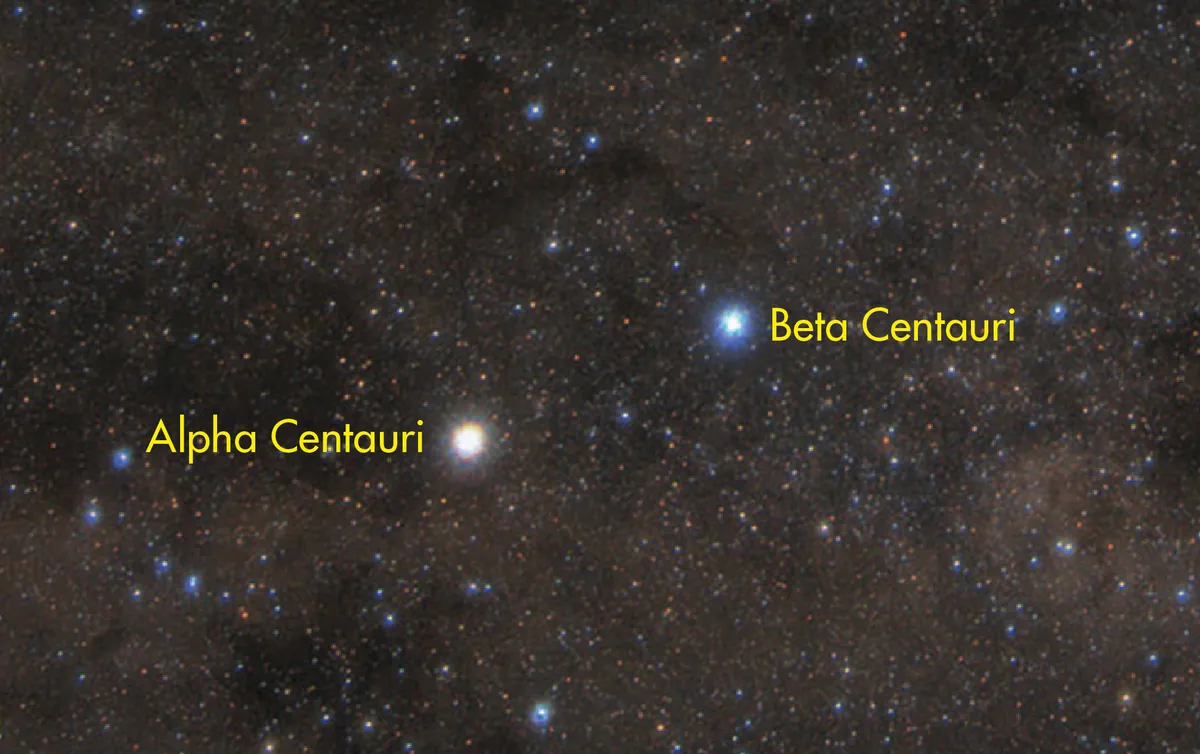
If we travelled to the closest star we can see and then looked back to our own Sun, we’d see a star that looked similar to how Alpha Centauri appears to us from Earth. At a distance of only 4.3 lightyears, the third-brightest star in our skies is the same brightness as our Sun.
Getting up close to this deep southern star with a telescope reveals that Alpha Centauri is one of the most beautiful double stars in the sky.
3
The Jewel Box

With its stars of different colours, the Jewel Box, or NGC 4755, is one of the most beautiful compact galactic open star clusters in the sky. It’s easily found with binoculars – next to the leftmost star of an upright Southern Cross.
Closing in with a 13mm eyepiece in a 10-inch Dobsonian telescope will blow your mind, especially when you realise that every one of the 100 or so stars you can see is an entire planetary system.
4
The Milky Way

Our planet orbits one of the 200,000 million stars that form the disc that is our Galaxy. Trace this ‘milky way’ of star clouds across the sky and keep going when you hit the horizon, and you’ll see that it joins up again on the other side.
It surrounds us because we’re inside the disc. Although you can see the Milky Way in both hemispheres, the brightest and busiest sections are deep in southern skies.
5
The Sagittarius Star Clouds

Embedded in the Milky Way are the magnificent Sagittarius Star Clouds, best seen with a pair of 10x50 binoculars or a rich-field refracting telescope. From Australia, this bulging central region of our Galaxy is visible directly overhead mid-year.
Scanning around with binoculars, you’re likely to find the Lagoon and the Trifid Nebulae without even trying. While technically both of these nebulae are visible from the UK, in practice they’ll always be too close to the southern horizon to see with any clarity.
6
The Eta Carina region
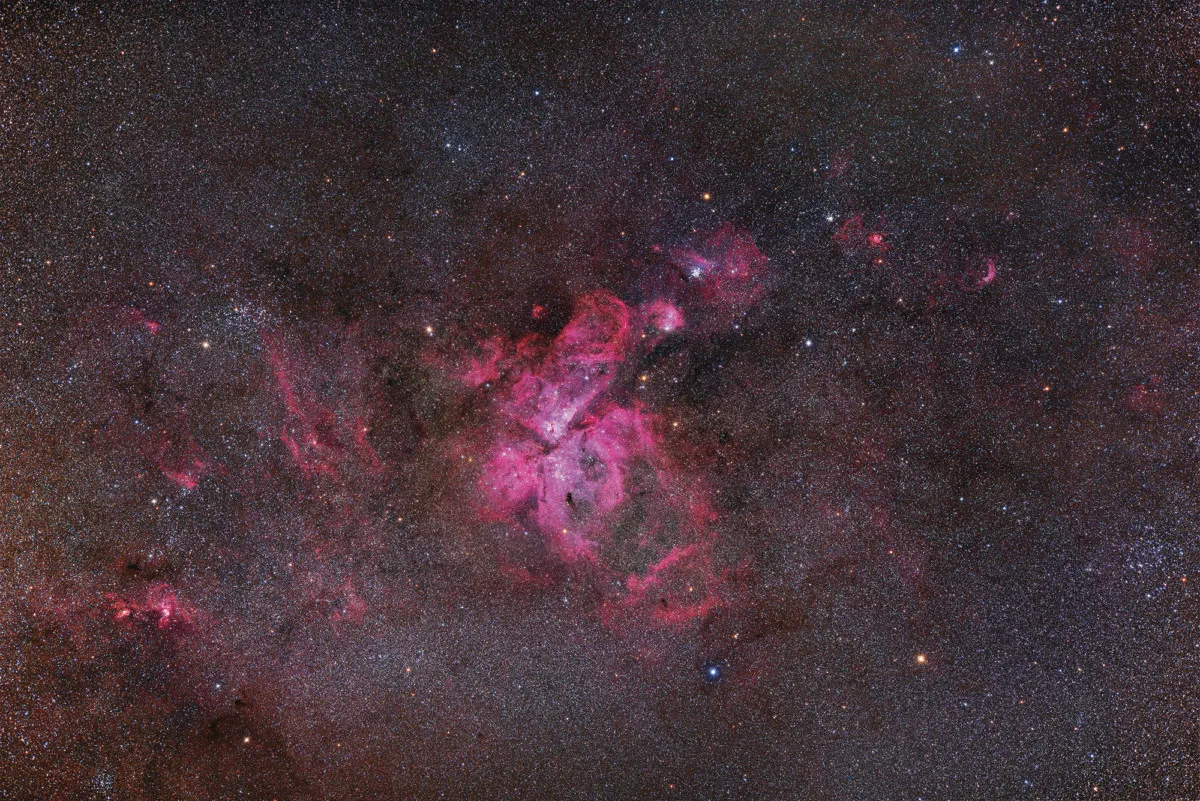
Just across from the Southern Cross is another incredibly rich region of the Milky Way lying around the star-birthing dust and gas cloud that is the Eta Carina Nebula. You’ll easily spend hours with a pair of binoculars exploring this region before diving in deeper with a serious telescope.
‘Diamonds and Rubies’, the ‘Wild Geese’ and the ‘Five of Diamonds’ are great names for some of its awesome star clusters.
7
The Large and Small Magellanic Clouds
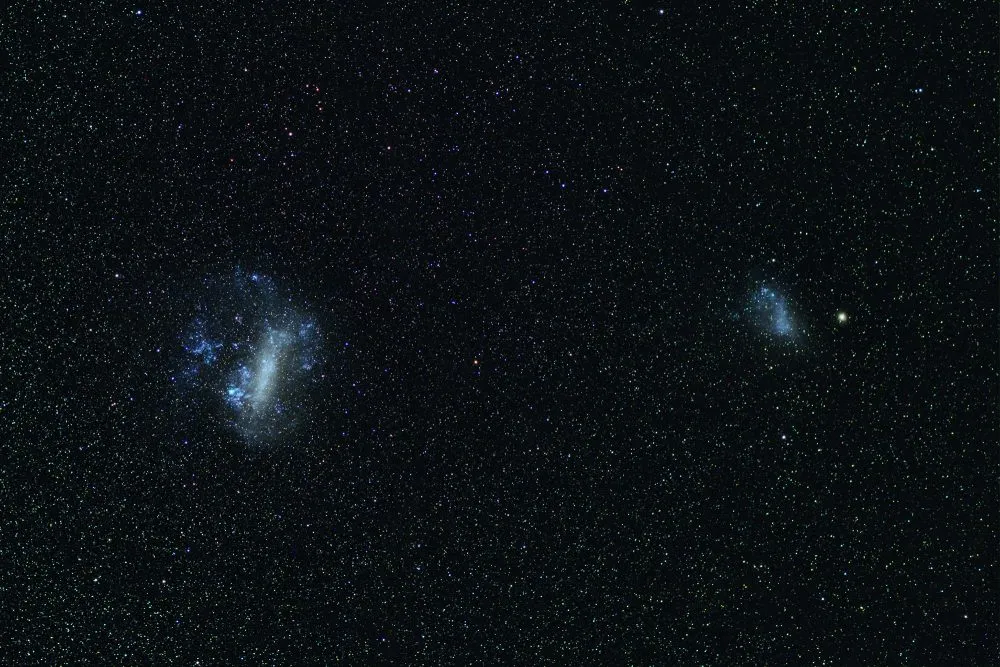
The clouds of Magellan look like two pieces that have broken off the Milky Way. They’re visible to the naked eye on dark, moonless nights, separate from the main sweep of our Galaxy. The northern hemisphere has no equivalent to this pair of baby galaxies lying only a couple of hundred thousand lightyears away.
They’re too big to fit in the field of view of most telescopes, so binoculars are best for scanning around and finding clusters and nebulae embedded within them.
8
The Tarantula Nebula
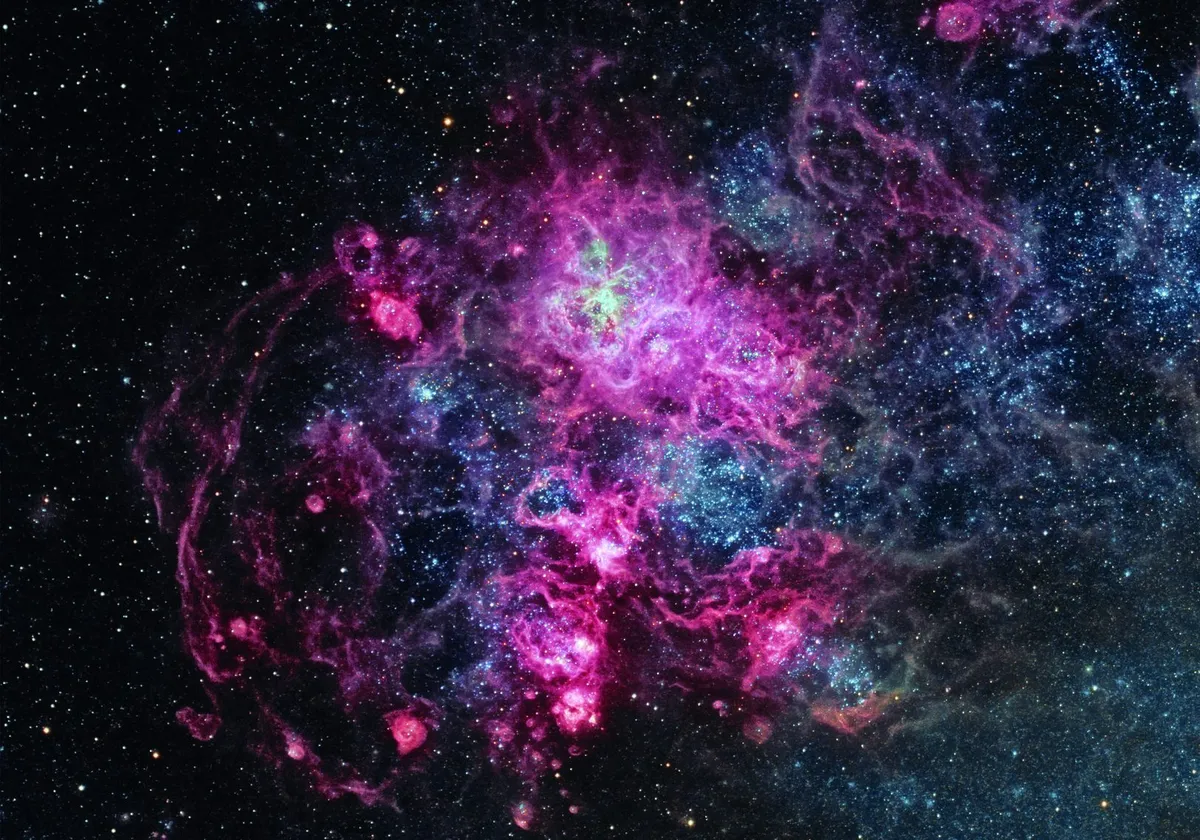
Finding this distinct bright patch of nebulosity in the Large Magellanic Cloud is easy with a pair of binoculars. But pointing a big Dobsonian at it will blow your mind. It’s a massive cloud of dust and gas 160,000 lightyears away in another galaxy!
If the Tarantula Nebula was 1,500 lightyears away – the same distance as the Great Nebula in Orion – it would fill our sky and you’d be able to read a book by its light.
9
47 Tucanae
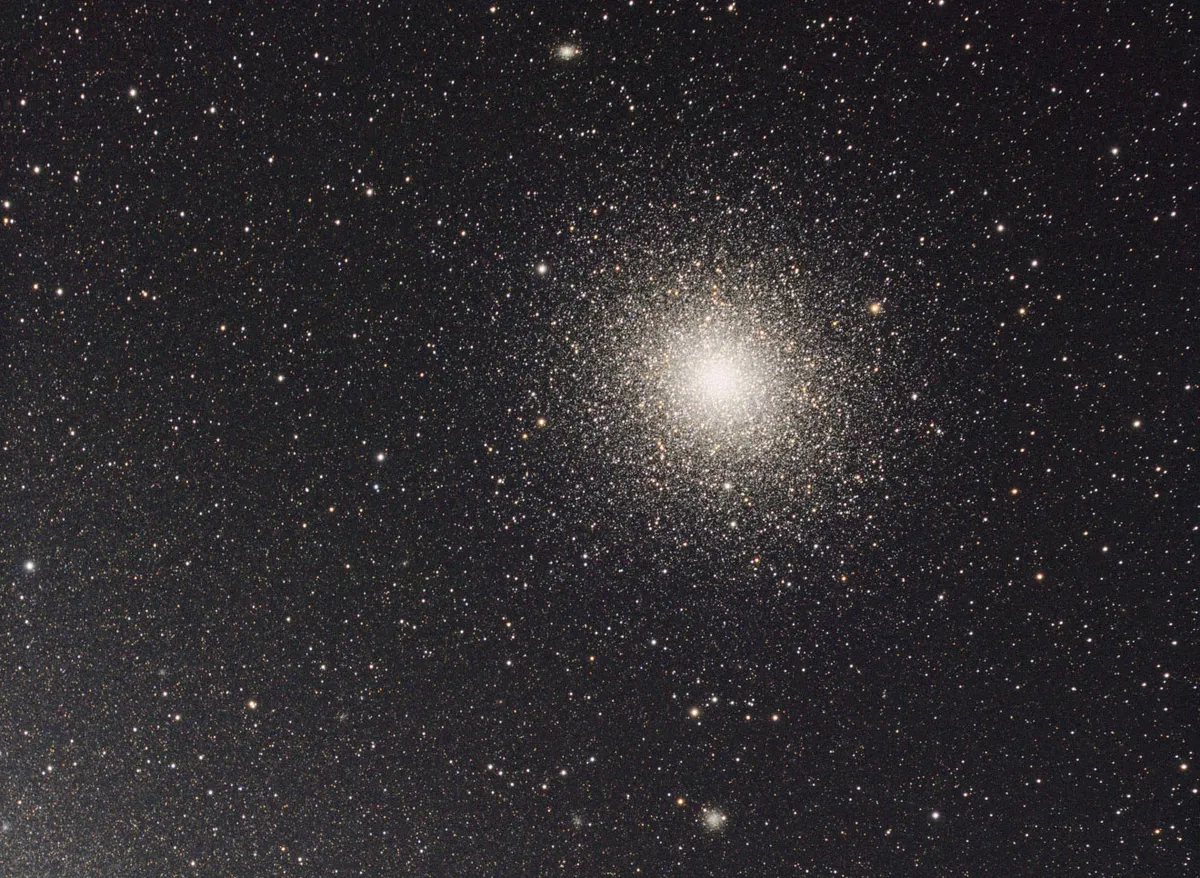
At 17,000 lightyears away, 47 Tucanae is one of the finest and most delicate globular clusters in the sky. Visible with the naked eye, it looks like one of two Mickey Mouse ears on the 210,000 lightyear-distant smudge of light that is the Small Magellanic Cloud.
The other ear is mag. +2.8 Beta Hydrus, a mere 24 lightyears away. The compact core of the million or so stars of 47 Tucanae will resolve into individual stars with even an 8-inch telescope.
10
Omega Centauri

Omega Centauri is an unbelievable megacity of perhaps four million stars, compacted into a dense ball 200 lightyears across. It sounds like something out of science fiction. An 11-inch Schmidt-Cassegrain telescope will bring it to life and show you individual stars lying deep inside.
This and 47 Tucanae are the two biggest and brightest globular clusters, and they straddle the south celestial pole, meaning you’ll always get one or the other above the horizon – sometimes both! They are reason enough for any keen astronomical observer to make the journey to the southern hemisphere.
11
The Sculptor Galaxy
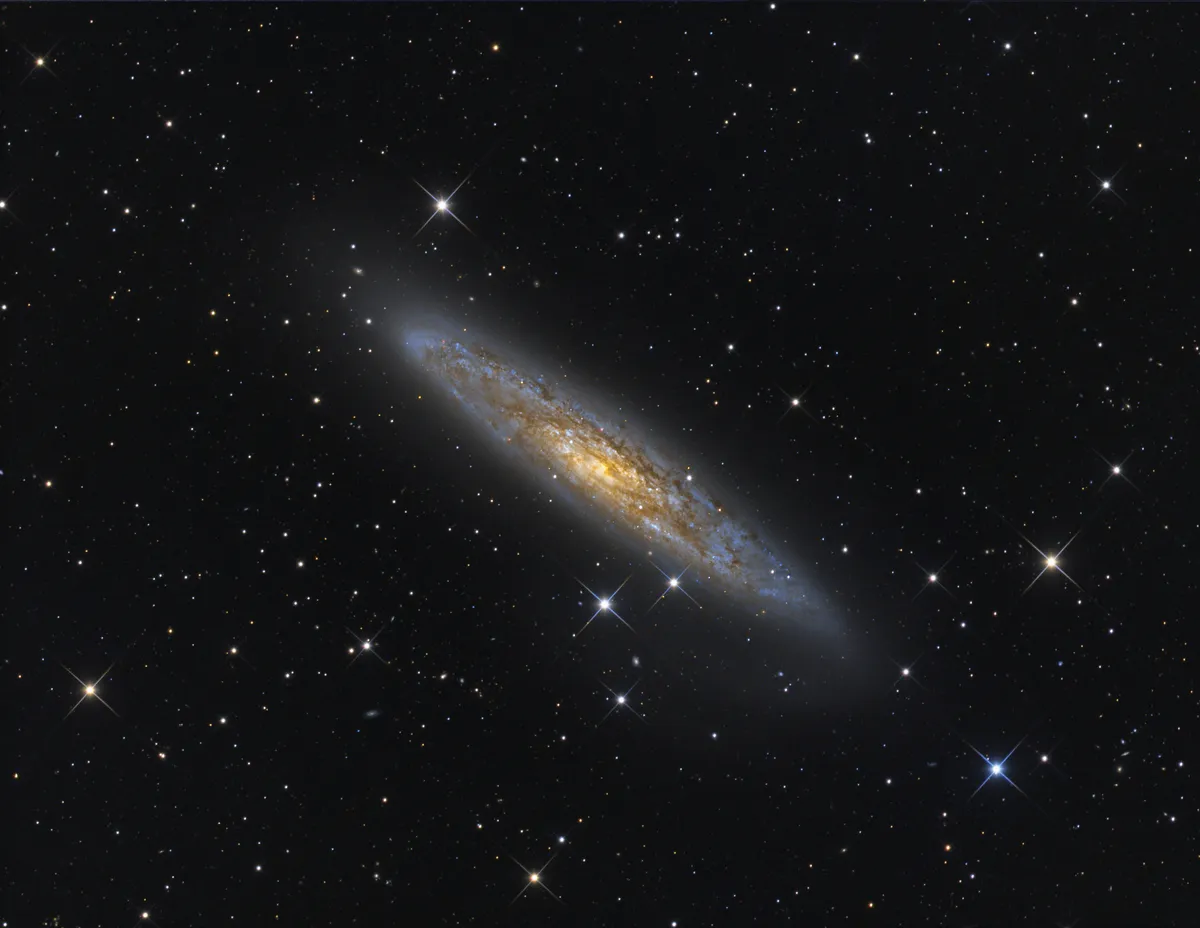
The dwarf galaxies of Magellan are pretty close to us compared to any full-sized galaxies in our neighbourhood. At a distance of 11.5 million lightyears the Sculptor Galaxy, NGC 253, is easy enough to pick out in the 10x50 finder of a 16-inch Dobsonian.
A little star hopping from the mag. +2.2 star Diphda and you’ll find it easily. A 21mm eyepiece on the main scope brings this near edge-on starburst galaxy into view. While the Sculptor Galaxy does graze the southern horizon from the UK, you’ll have to travel south to see it with any clarity.
12
Bright stars
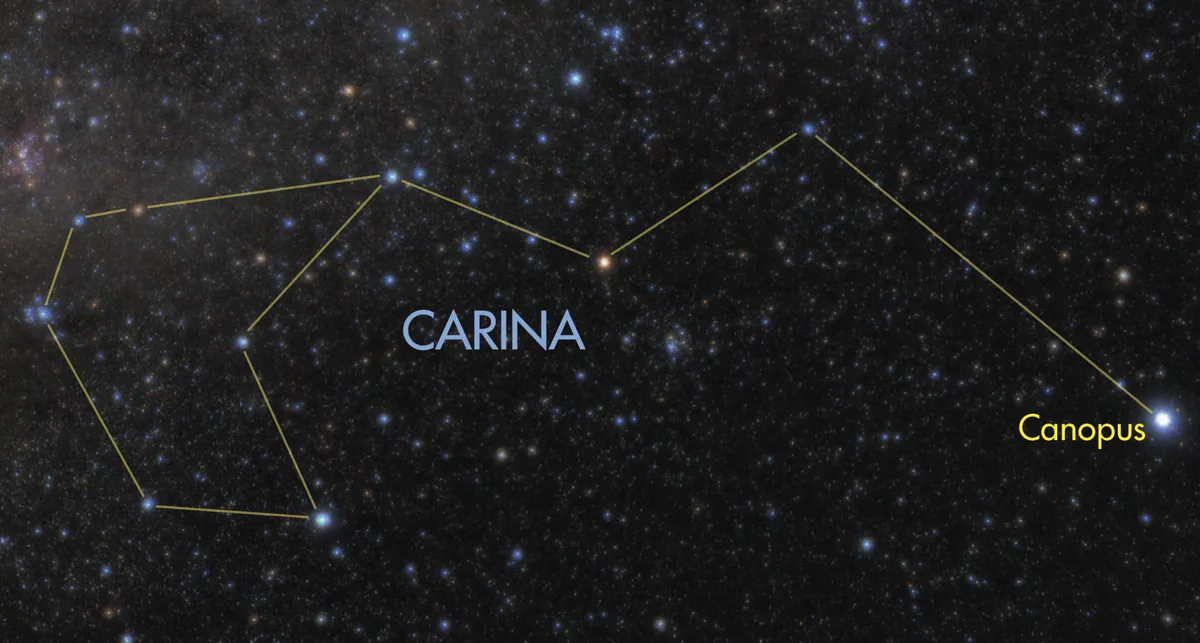
Australia scores 12 out of 12 on the brightest star list, while the UK scores seven. Mighty Sirius, in first place, is visible for all of us. To see Canopus or the twin suns of Alpha Centauri you’ll have to book a holiday. We all see Arcturus, Vega, Capella, Rigel and Procyon while Achernar is farther south than Canopus.
If you are observing from the southern hemisphere, be sure to check out Zeta Reticuli too.
The red giant star Betelgeuse rounds out the top 10 for everyone while the next two, Hadar and Acrux are deep southern stars only. Polaris, the north pole star, is further down the list at number 50.
A former pearl diver and motorcycle mechanic, Greg Quicke now tours the southern dark skies from Western Australia. This article originally appeared in the April 2017 issue of BBC Sky at Night Magazine.